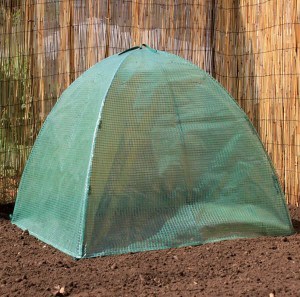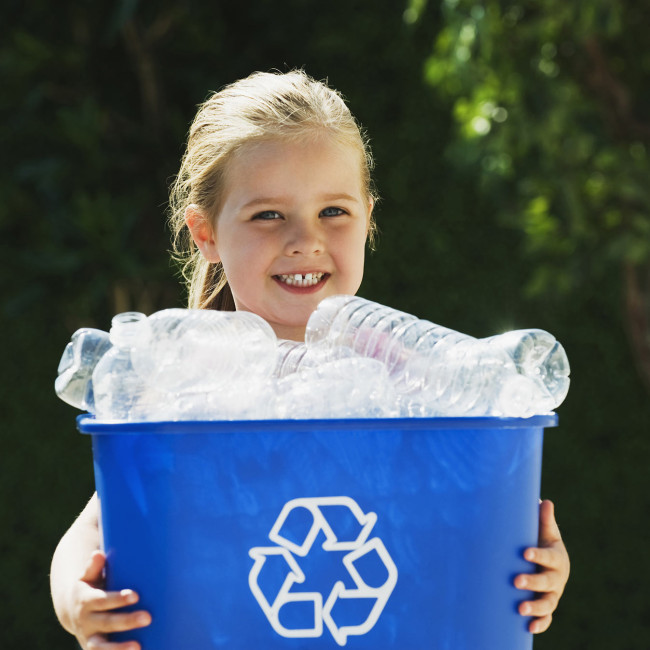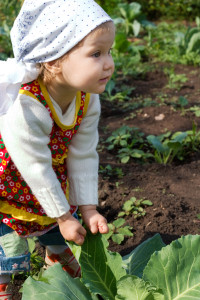Do You Have Sick Building Syndrome?
We have become concerned about the outside air we breathe, and legitimately so. With factories, automobiles, heavy machinery, chemtrails, and Fukushima to contend with, we have no shortage of clean air supply problems. But what if our inside air was as bad, or worse, than the pollution outside? It’s a very real question, one that we are about to answer.
The Causes of Sick Building Syndrome and the Increased Dangers
“Indoor air pollution in residences, offices, schools, and other buildings is widely recognized as a serious environmental risk to human health,” explains Michael Hodgson, M.D., M.P.H., of the School of Medicine at the University of Connecticut Health Center.
Dr. Hodgson notes that most people in industrialized nations spend more than 90% of their time indoors, that indoor concentrations of pollutants are often substantially higher than those found outdoors, and that small children, the elderly, and the infirm are likely to spend all their time indoors, leading to permanent chronic exposure to low grade toxic factors.
In most cases, problems with a building’s engineering, construction, and ventilation systems are the causes. Studies suggest that symptoms occur 50% more frequently in buildings with mechanical ventilation systems. Among 2,000 office workers in Germany with work related symptoms, there was a 50% higher that average rate of upper respiratory tract infections that were directly traceable to problems with mechanically ventilated buildings. A U.S. study found that 20% of office workers had job-related SBS (sick building syndrome) symptoms, including a subjective sense of being less productive in their work.
Besides ventilation problems, other sources of indoor toxic pollution include volatile organic compounds (VOC’s) released from particleboard desks, furniture, carpets, glues, paints, office machine toners, and perfumes. All contribute to a complex mixture of very low levels of individual pollutants. Bioaerosols are also indoor contaminants that originate as biological agents from mild spores, allergy producing microbes, mites, or animal dander, and they are distributed through an indoor space by ventilation, heating, or air conditioning systems.
Of buildings classified as sources of SBS, one study showed that 70% have an inadequate flow of fresh outside air. It also found that 50% to 70% of such buildings have poor distribution of air within the occupied space, 60% have poor filtration of outdoor pollutants, 60% have standing water that fosters biological growths, and 20% have malfunctioning humidifiers.
Sick Building Syndrome Symptoms
In the early 1980’s, physicians began using the term sick building syndrome (SBS) to refer to a host of symptoms caused by low-grade toxic environmental conditions found in living, work, or office spaces. SBS symptoms are numerous and include:
- Mucous membrane irritation (eyes, nose, and throat)
- Chest tightness
- Skin complaints (drying, itching, abnormal redness)
- Headaches
- Fatigue
- Lethargy
- Coughing
- Asthma
- Chronic nasal stuffiness
- Temporary weight loss
- Infections
- Emotional irritability
All of these depress the immune system, rendering the individual susceptible to long-term chronic illness. Combat SBS by taking more breaks outdoors, investing in plants that filter the air, and by ensuring you support proper liver function to facilitate easier removal of these indoor toxins. Sources for this article include: Trivieri, Larry. Alternative Medicine: The Definitive Guide. Berkeley, CA: Celestial Arts, 2002. Print.


 Getting kids involved in the food that comes into the house naturally improves their food choices, thus reducing the risk of obesity. Further, teaching kids to garden and allowing them to choose what vegetables they would like to grow, encourages healthy eating habits and a dedication to locally grown, seasonal foods.
Getting kids involved in the food that comes into the house naturally improves their food choices, thus reducing the risk of obesity. Further, teaching kids to garden and allowing them to choose what vegetables they would like to grow, encourages healthy eating habits and a dedication to locally grown, seasonal foods.